
Global plant–symbiont organization and emergence of biogeochemical cycles resolved by evolution-based trait modelling (Nature Ecol Evol)
Plant Science Research WeeklyMost plants depend on microbial partners (symbionts) to help them take up nutrients from the soil. Lu and Hedin set out to identify how these plant-symbiont partnerships contribute to plant distributions and biogeochemical cycles, using an evolution-based modelling approach. The model takes into account…
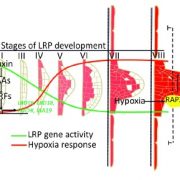
Endogenous control of root system architecture through hypoxic conditions (Mol Plant)($)
Plant Science Research WeeklyThe three-dimensional structure of plant roots, often referred to as the root system architecture (RSA), is important for soil exploration and nutrient acquisition. The regulation of the RSA is important to prevent overuse of resources and to ensure efficient function. A recent study from Shukla et al.…

Proteome-wide, structure-based prediction of protein-protein interactions (Plant Physiol)
Plant Science Research WeeklyGenomics and transcriptomics have brought huge advances in understanding of plant science, but proteomics is both more challenging and in some ways more relevant to understand what is happening inside of a cell. Proteins function largely through their interactions with other proteins, so it is important…
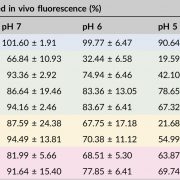
I see the light! Fluorescent proteins suitable for cell wall/apoplast targeting in Nicotiana benthamiana leaves (Plant Direct)
Plant Science Research WeeklyImaging proteins through fluorescent tagging is tremendously powerful but also tricky. In this very useful paper, Stottard and Rolland survey the properties of 10 fluorescent tags to determine their effectiveness in the low pH environment of the plant cell wall and apoplast. The authors also test the…

The global burden of pathogens and pests on major food crops (Nature Ecol Evol) ($)
Plant Science Research WeeklyPathogens and pests are bad, but just how bad? And how do different regions of the world compare in terms of crop losses to pathogens and pests? Savary et al. surveyed crop experts from across the globe to address these questions, focusing on five major food crops (wheat, rice, maize, potato and soybean).…
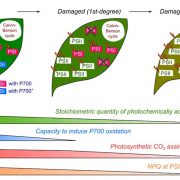
What quantity of photosystem I is optimum for safe photosynthesis? ($) (Plant Physiol)
Plant Science Research WeeklyPhotosynthesis is one of the most vital and complex processes carried out by plants. During photosynthesis, Photosystem I and II (PSI and PSII) undergo photo-excitation. Excessive photo-excitation can damage and deactivate the PSI by generating reactive oxygen species (ROS). This kind of photoinhibition…
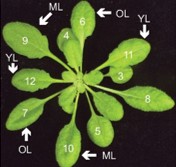
Leaf age dictates abiotic versus biotic stress signalling in Arabidopsis (PNAS)
Plant Science Research WeeklyPlants sense and respond to various external stimuli throughout their lifespan. During stress responses brought forth by abiotic or biotic factors, molecular and physiological adjustments mediated by distinct yet interconnected hormone pathways play critical roles in plant survival. Berens et al. investigate…
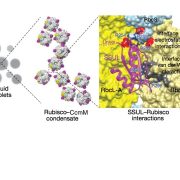
Rubisco condensate formation by CcmM in β-carboxysome biogenesis (Nature) ($)
Plant Science Research WeeklyCyanobacterial carbon-dioxide concentrating mechanisms elevate intracellular inorganic carbon as bicarbonate, and then concentrate it as carbon-dioxide around the enzyme Rubisco in specialized protein micro-compartments called carboxysomes. The formation of B-carboxysomes involves an aggregation between…

Plant Science Research Weekly: February 8th
WWR Full PostOpinion: To learn inclusion skills, make it personal
This is a great essay by David Asai, Senior Director for science education at the Howard Hughes Medical Institute. David describes his journey from feeling annoyed at having to attend a multicultural forum to embracing their merit. He describes…

